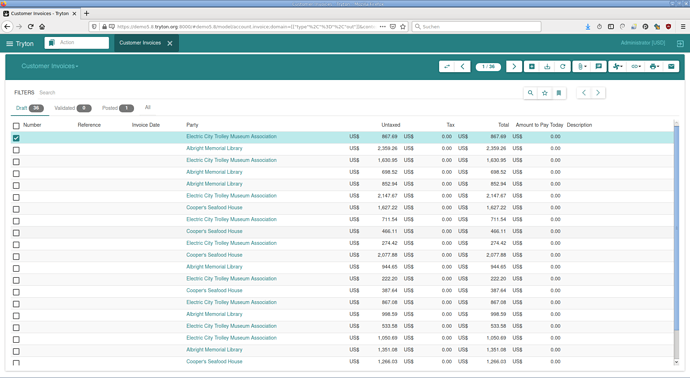I think we should rather hear to those issues and extract the problems. Tryton has improved a lot to not show redundant information, but there are still places where one can find.
Currency is at least two times a redundant information. I can not imagine a case where the currency of the untaxed amount and taxes is different from the total. While this specific problem should in the first place rather be solved by improving the original view instead of removing some fields I would consider this a valid point of How to hide unused fields globally?.
We shouldn’t underestimate users;) Why should a user not know if he wants to see or not to see e.g. untaxed and tax columns in the example above?
